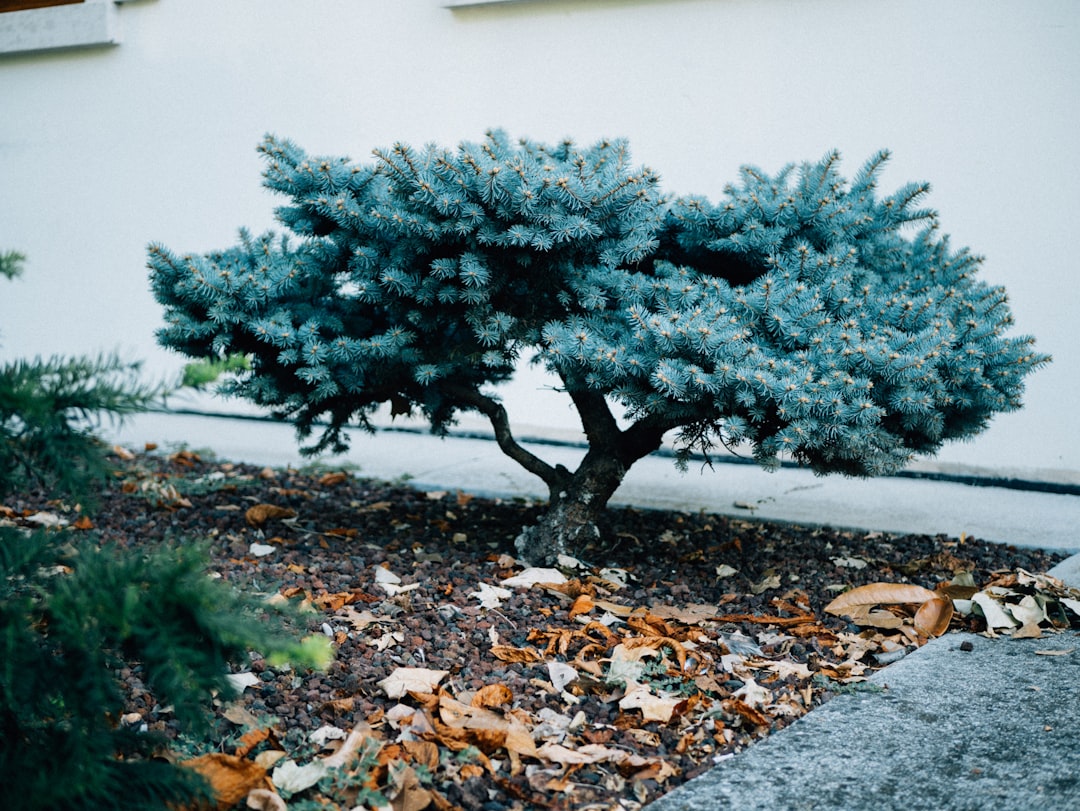Winter - Proof Your Bird Bath: A Guide to Ice - Free Avian Oases

As the winter chill sets in, the well - being of our feathered friends becomes a concern for every bird - loving gardener. One crucial aspect is ensuring that birds have access to unfrozen water. A bird bath that remains ice - free throughout the colder months can be a lifesaver for local bird populations. In this article, we'll explore expert tips on selecting and maintaining an ice - free avian hydration station.
### Selecting the Right Bird Bath
When it comes to choosing a bird bath that can withstand winter conditions, several factors need to be considered. First and foremost is the material. Opt for a bird bath made of materials that are less likely to crack in freezing temperatures. Concrete and stone bird baths can be prone to cracking when water inside them freezes and expands. Instead, consider resin or plastic bird baths. These materials are more flexible and less likely to break under the pressure of freezing water.
Size also matters. A larger bird bath will hold more water, which can take longer to freeze. However, it's important to strike a balance. A very large bird bath may be difficult to keep ice - free, especially if you're using a heating element. A medium - sized bird bath, with a capacity of around 2 - 3 gallons, is often a good choice.
Another important consideration is the design. Look for a bird bath with a shallow area. Birds need easy access to the water, and a shallow section allows them to land and drink without having to wade too deeply. A sloped design is also beneficial as it allows birds to gradually enter the water.
### Heating Options
To prevent the water in your bird bath from freezing, you'll need to invest in a heating solution. One popular option is a bird bath heater. These heaters are specifically designed to keep the water at a temperature above freezing. There are two main types: submersible heaters and floating heaters.
Submersible heaters are placed at the bottom of the bird bath. They work by heating the water from the bottom up. This type of heater is often more efficient as it warms the entire volume of water. However, it's important to make sure that the heater is compatible with your bird bath's size and depth.
Floating heaters, on the other hand, sit on the surface of the water. They are generally easier to install and remove. Floating heaters are a good option for smaller bird baths or for those who want a more portable heating solution. Some floating heaters also come with a built - in thermostat, which helps to regulate the temperature and save energy.
### Maintenance Tips
Proper maintenance is essential to keep your ice - free bird bath in good working condition. Regularly clean the bird bath to prevent the growth of algae and bacteria. During the winter, you may need to clean it more frequently as debris and dirt can accumulate more quickly. Use a mild soap and water to clean the bird bath, and rinse it thoroughly before refilling it with water.
Check the heater regularly to ensure that it's working properly. Look for any signs of damage, such as frayed cords or malfunctioning thermostats. If you notice any issues, replace the heater immediately to avoid any safety hazards.
Keep an eye on the water level in the bird bath. As the water evaporates or is used by the birds, you'll need to refill it. Make sure to use lukewarm water when refilling, especially if the outside temperature is extremely cold. This will help to prevent the water from freezing too quickly.
### Additional Considerations
Location is key when it comes to placing your bird bath. Choose a spot that is sheltered from strong winds. Wind can cause the water to cool down more quickly and increase the chances of freezing. A location near trees or shrubs can provide some protection from the wind.
You can also add some insulation to the bird bath to help retain heat. Place a layer of straw or bubble wrap around the outside of the bird bath. This will help to slow down the heat loss and keep the water warmer for longer.
In conclusion, providing an ice - free bird bath during the winter is a rewarding way to support local bird populations. By selecting the right bird bath, using a suitable heating option, and following proper maintenance practices, you can create a safe and inviting hydration station for your feathered friends throughout the colder months.